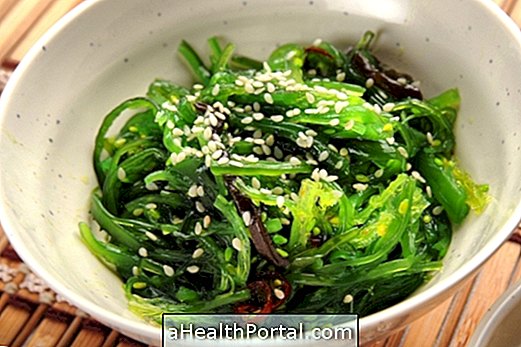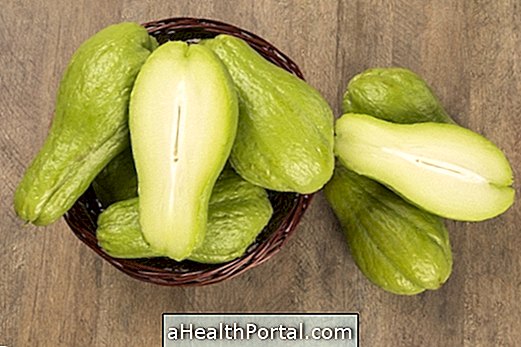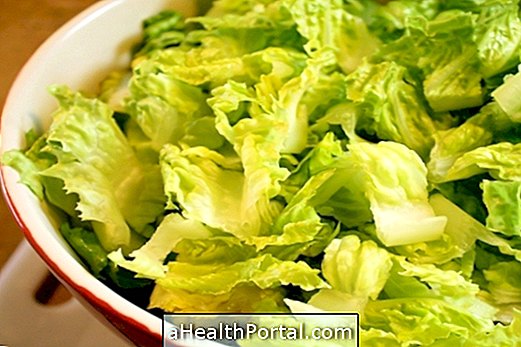Taioba is a large-leafed plant that is cultivated and consumed especially in the region of Minas Gerais, and is rich in nutrients such as vitamin A, vitamin C, calcium and phosphorus. In other regions it is also known as elephant ear, mangarás, macabo, mangará-mirim, mangarito, mangareto, taiá or yautia.
In general, taioba is used in cooking on sauteed salad dishes, preparing it in the same way as cabbage butter, but can also be added in green juices and detox soups. Among its main benefits are:

1. Improve intestinal transit
Because it is a fiber-rich leaf, taioba helps to increase fecal cake and accelerate intestinal transit by fighting constipation. To increase this effect, a good tip is to make a juice with 1 leaf of taioba, 1 orange, 2 prunes and lemon. See other recipes for laxative juices.
2. Improve vision
Taioba is rich in vitamin A, an important nutrient for the health of vision. Having a diet rich in vitamin A prevents problems such as macular degeneration, night blindness and cataracts, which appear with advancing age. besides the taioba, see other foods rich in vitamin A.
3. Acting as an antioxidant
The leaves of Taioba are rich in vitamin C, a powerful antioxidant that acts in the body strengthening the immune system and preventing diseases like flu, colds, cancer and atherosclerosis.
4. Prevent anemia
Taioba is rich in iron, an essential mineral for the transport of oxygen in the blood and, when it is lacking in the body, causes anemia. So taking 1 glass of juice with a leaf of taioba per day helps prevent and fight anemia.
In addition, it is also rich in B vitamins, which act by increasing energy production in the body and fighting the fatigue that normally accompanies the anemia. See other juices that also cure anemia.
5. Prevent osteoporosis
Because it is rich in calcium and phosphorus, taioba is an excellent source of nutrients for strong bones, preventing problems such as osteoporosis, which appears primarily in the elderly and in postmenopausal women.
In addition, these minerals are also important to maintain the health of teeth and to have a good muscle contraction, improving strength and favoring the proper functioning of the heart.
How to consume

Taioba can be included in braised salads, green juices, pizza fillings, crepes and cookies, and can be added in soups and vitamins to bring greater nutritional value to the meal.
It tastes like spinach, but is lighter and easier to fit into various recipes, even for children and adults who do not like vegetables.
























